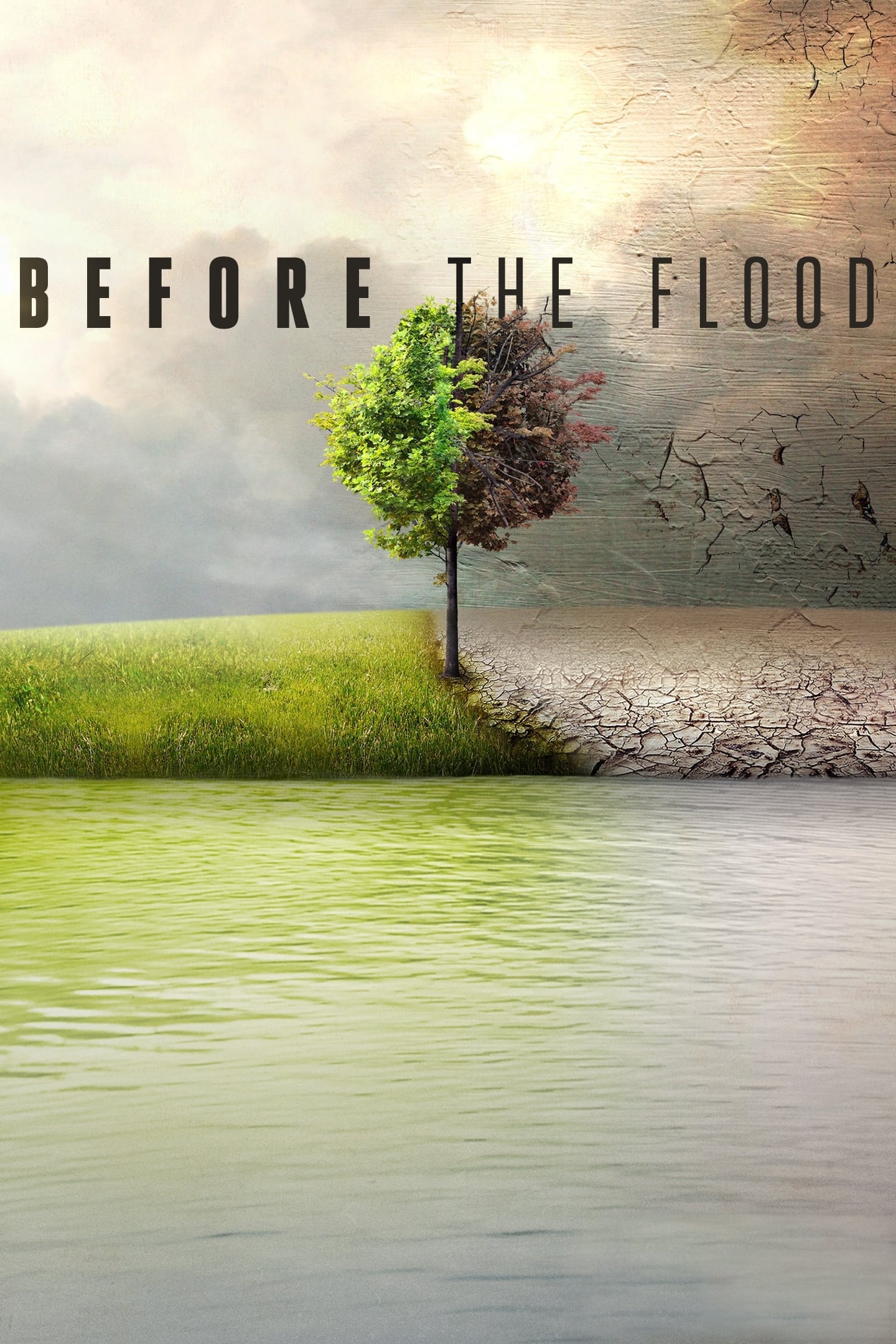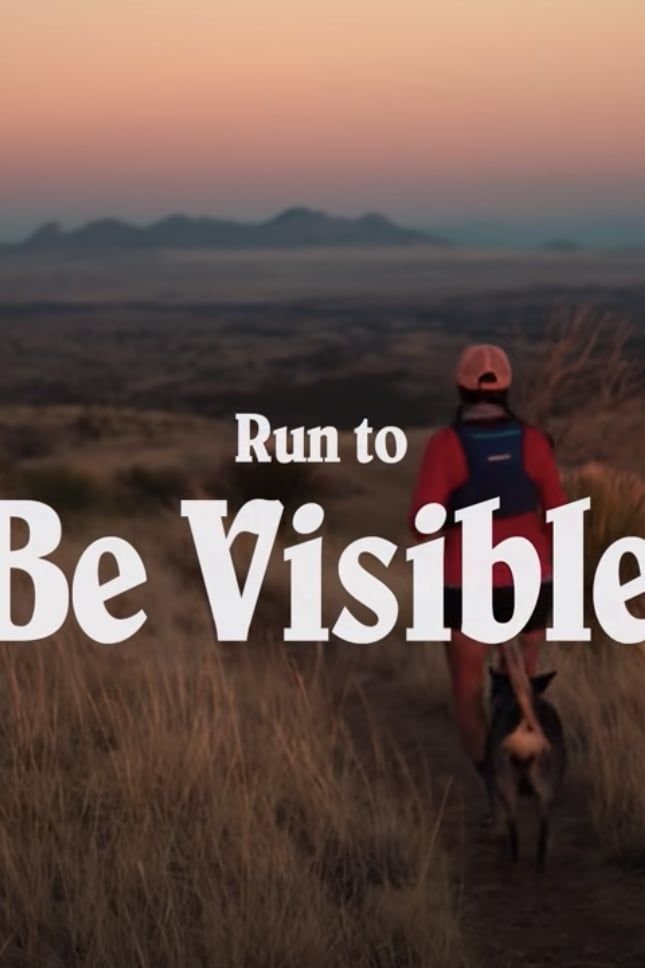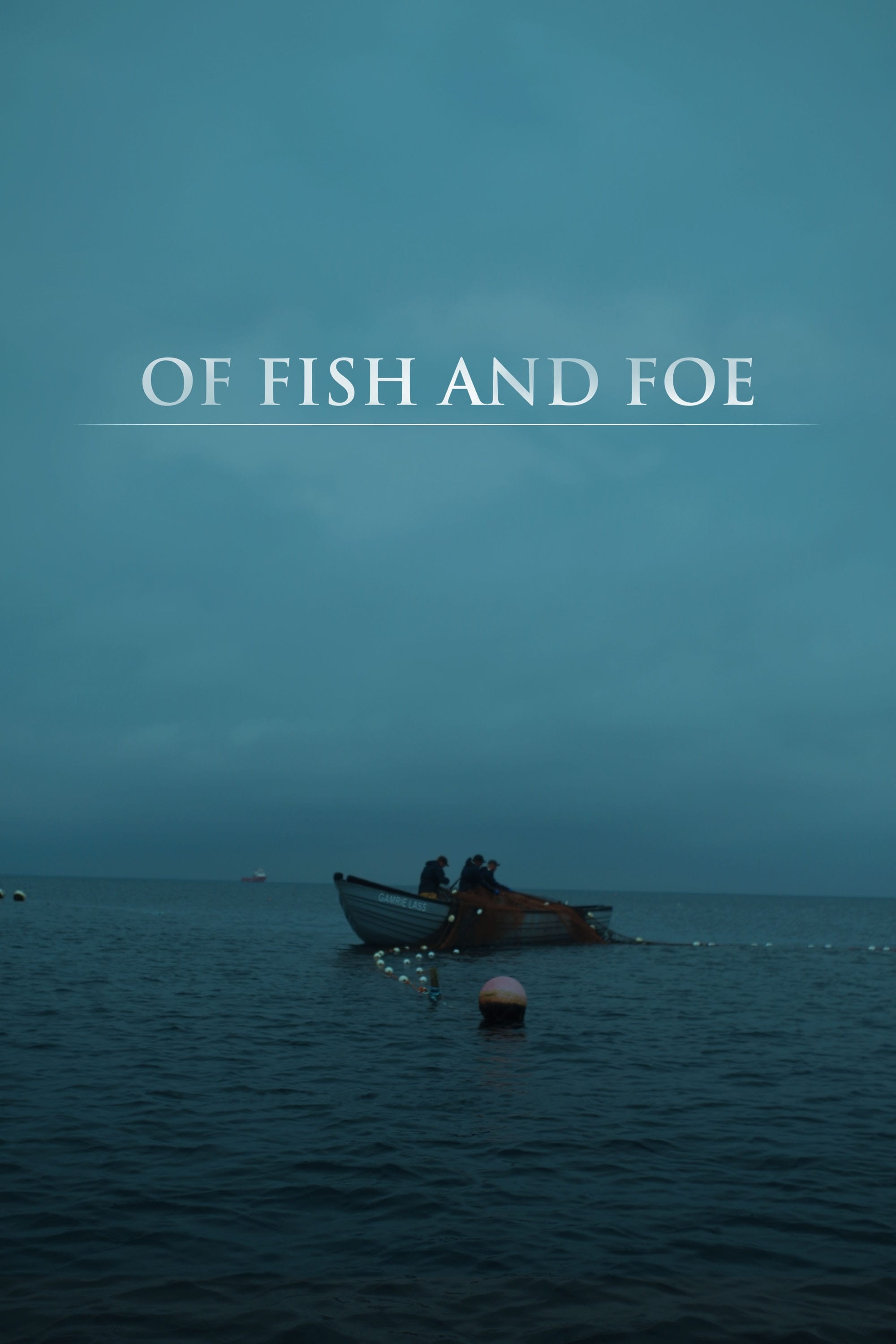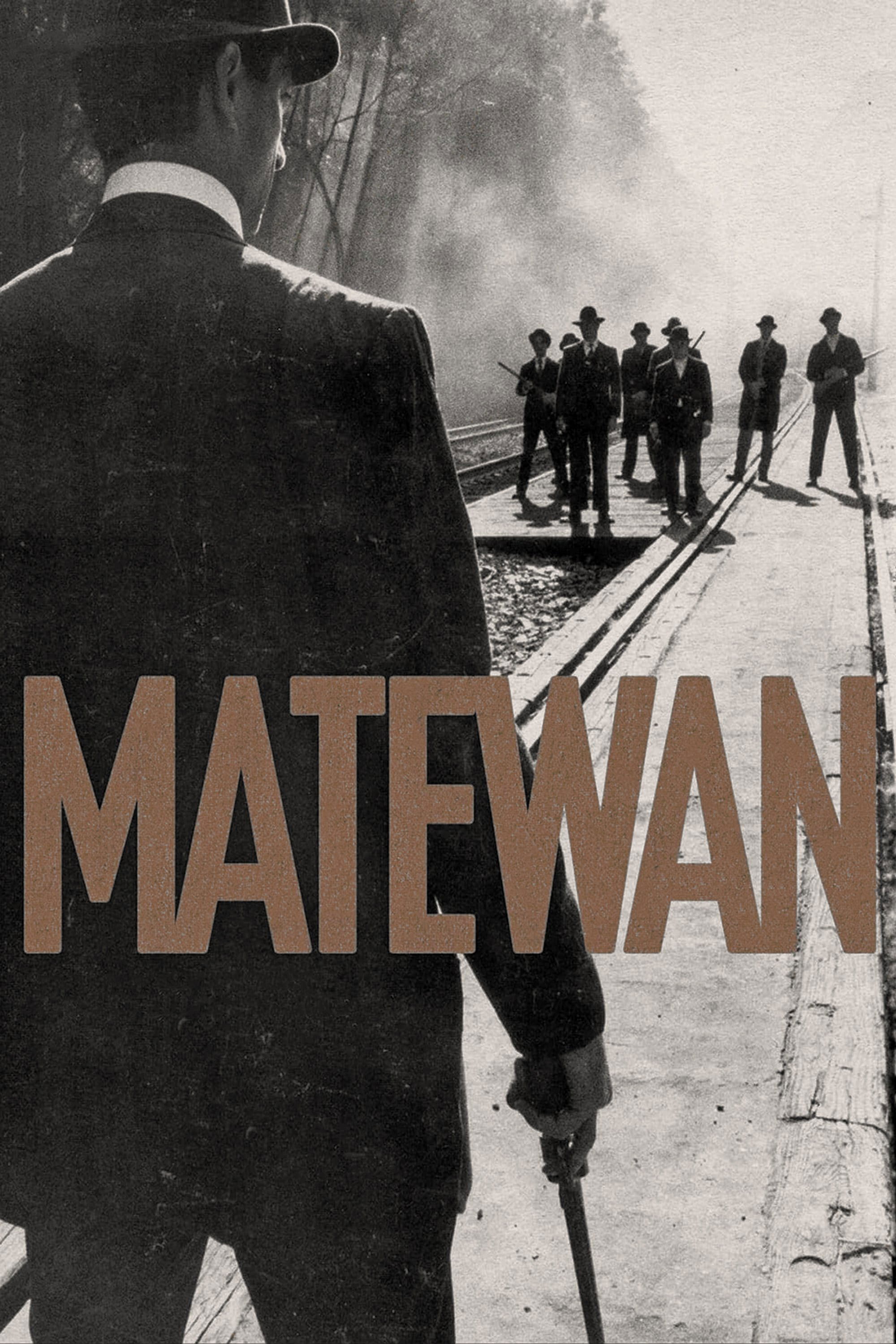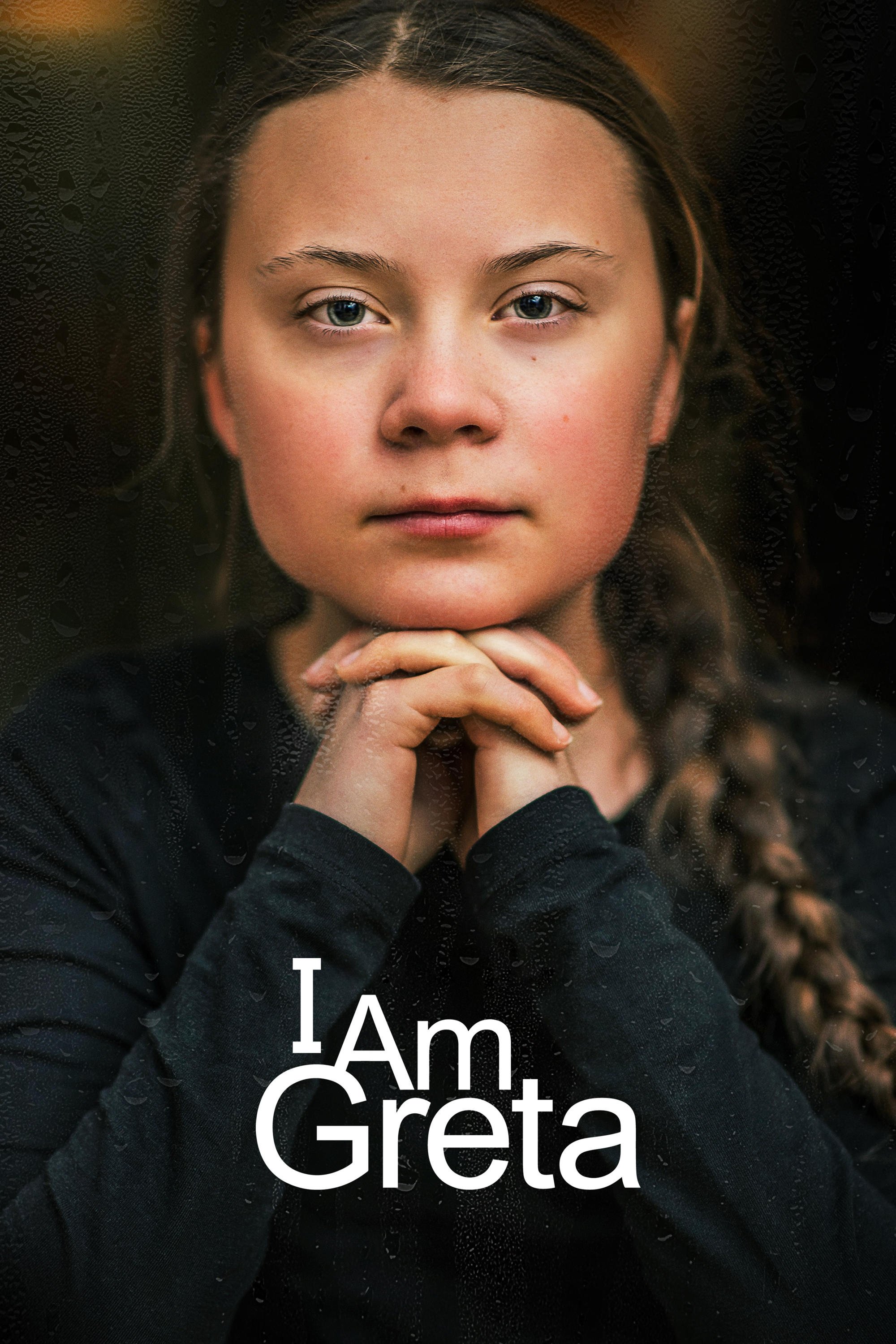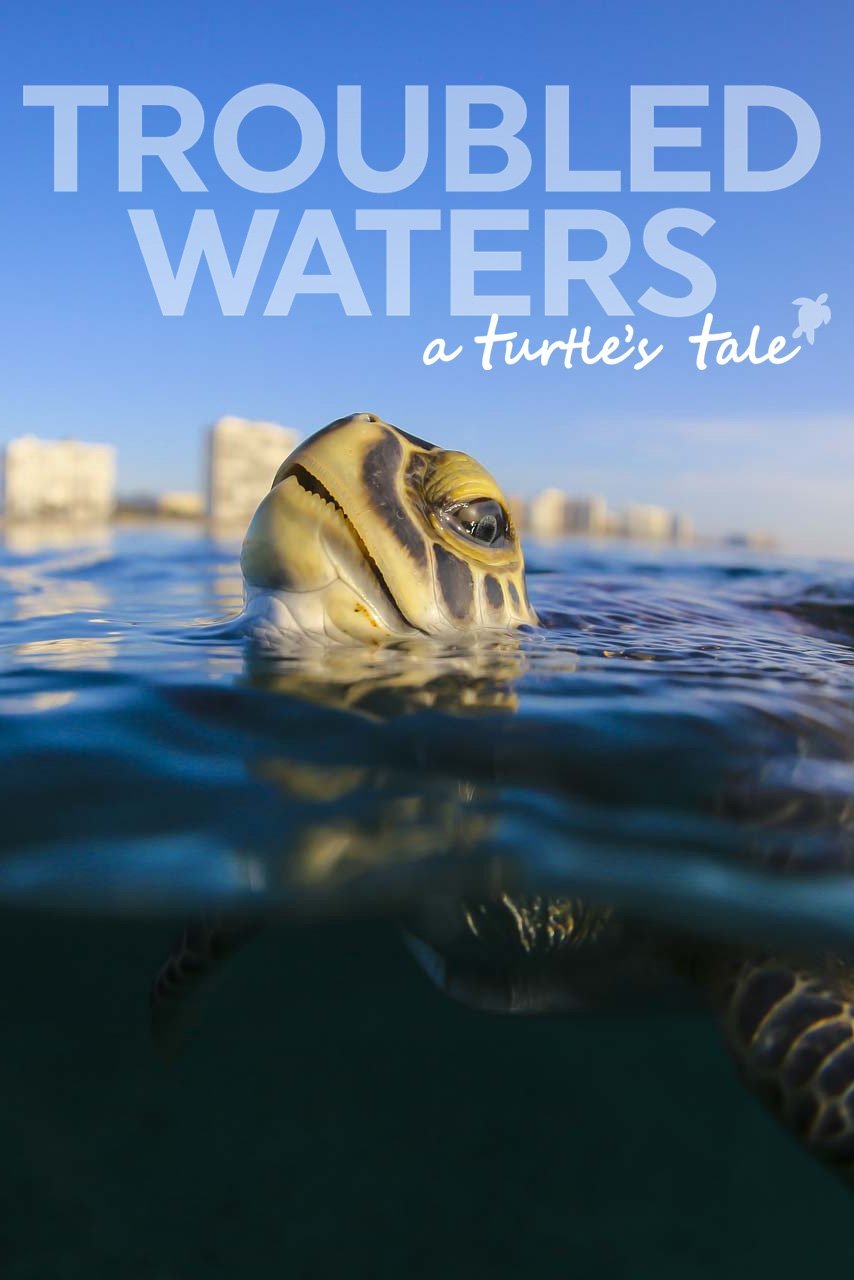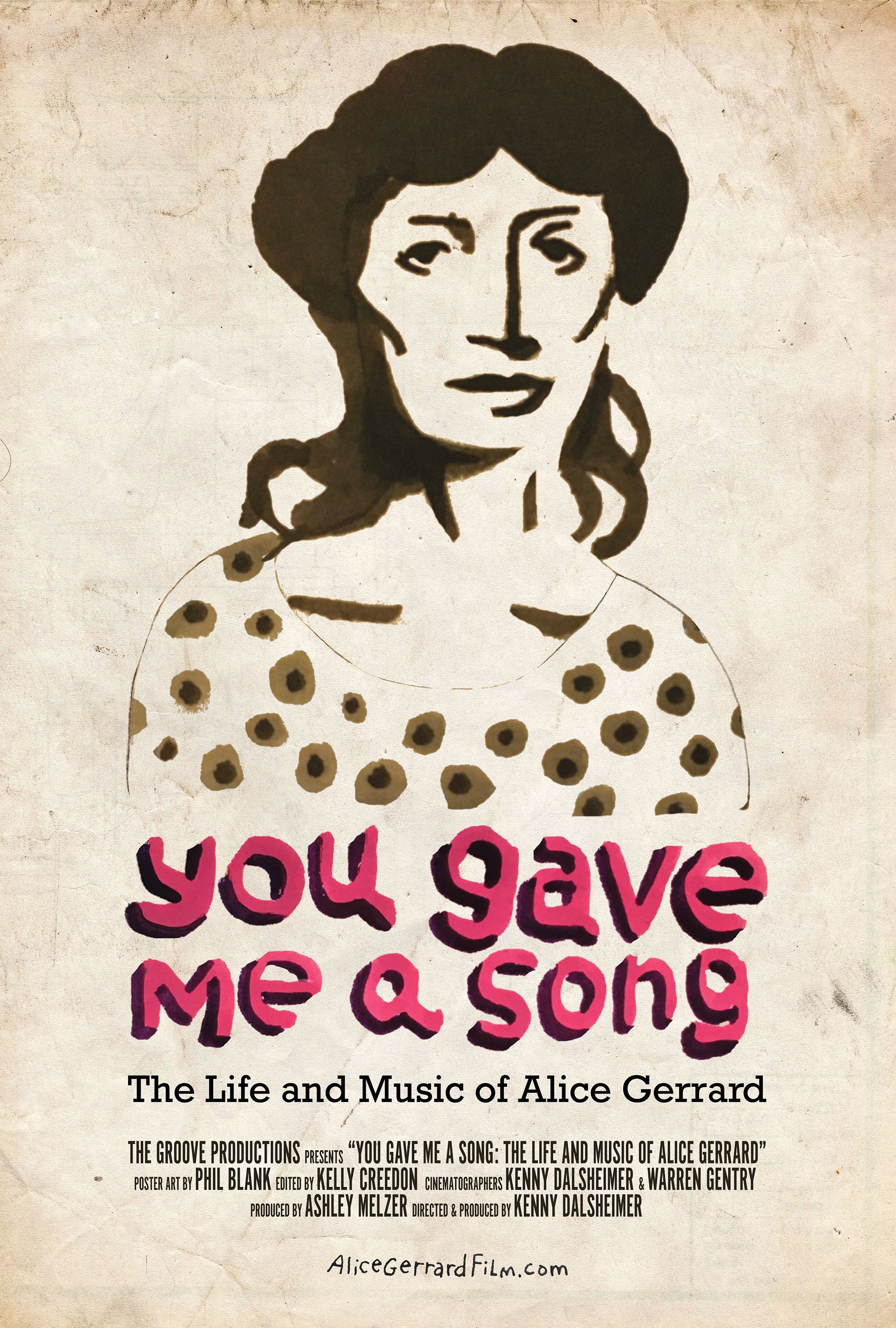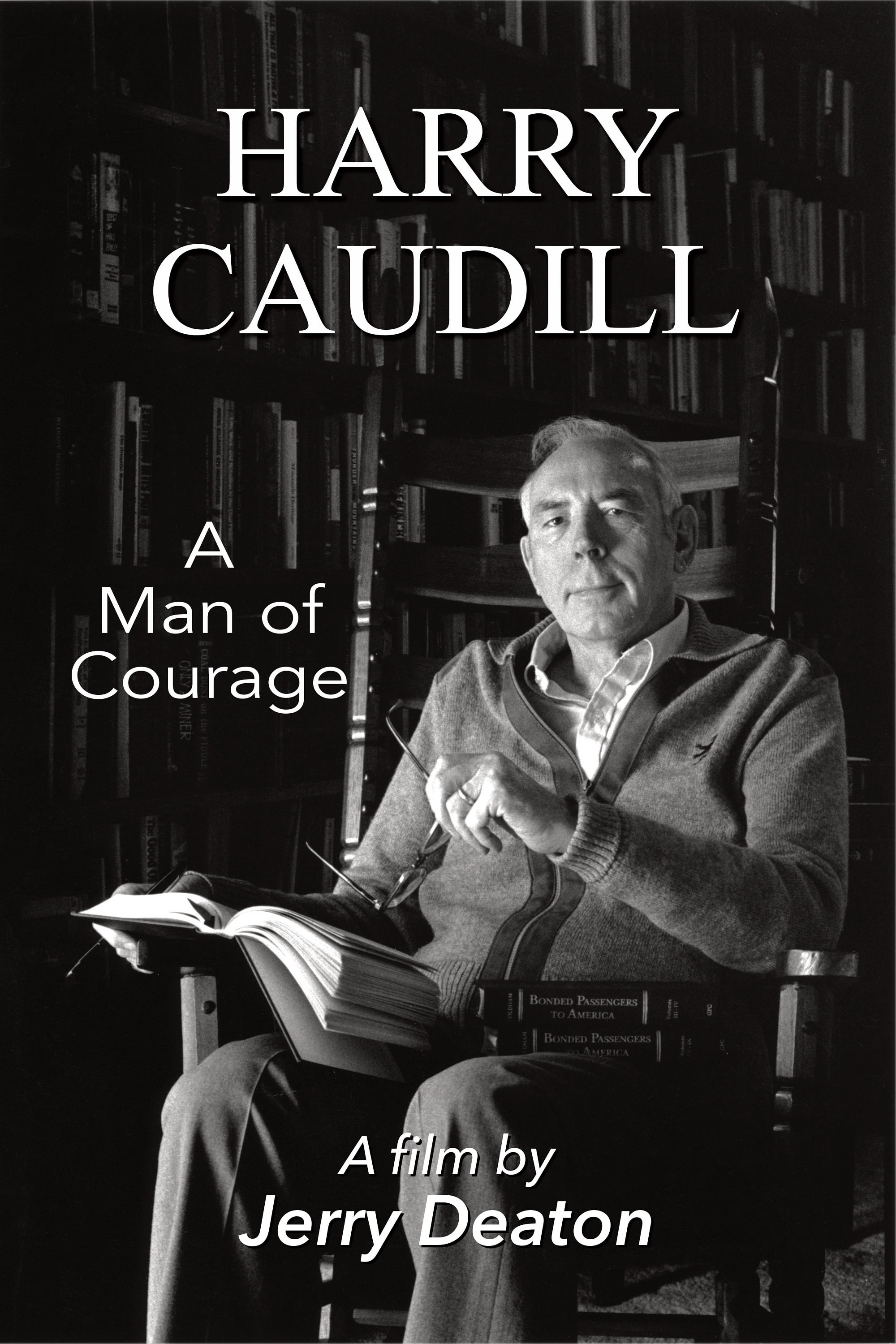
Harry Caudill: A Man of Courage (2015)
Overview
One of the most important Kentuckians of the 20th century, Harry Caudill brought the story of Appalachia to national attention when his book “Night Comes to the Cumberlands” was released in 1963. The nonfiction account of Eastern Kentucky’s coal region, part history and part polemic, eloquently recounted the exploitation of Appalachia’s land and its people by business and government interests, and made Caudill a national spokesperson for his homeland. Harry Caudill spent his life advocating for Eastern Kentucky, with the aim of helping the powerless as well as securing the region’s unmatched natural resources for future generations. His work led to lasting government reforms for Appalachia, and his legacy remains a touchstone for activists today.
Production Companies
Additional Info
| Budget | $0.00 |
|---|---|
| Revenue | $0.00 |
| Original Language | en |
| Popularity | 0.341 |
Directed By
Jerry Deaton
TOP CAST
Similar Movies
Picture Proof
Examines the intergenerational impact of addiction by chronicling the love, labor, loss, and uncertainty of one woman’s struggle to live a life of sobriety. Weaving together moments of glee, fulfillment, acceptance, sorrow, and disappointment, this documentary takes an intimate look at the bonds that hold one family together and a disease that threatens to tear them apart.
Pursuing the Monarchs
The story of the Monarch butterfly: a symbol of American pride and the embodiment of the returning dead in Mexico. It would be a happy story, only, today they are dying. The monarch butterflies population has declined by up to 80% in the last decade. Who is to blame?
Before the Flood
A look at how climate change affects our environment and what society can do to prevent the demise of endangered species, ecosystems, and native communities across the planet.
Mermaids Against Plastic
Tamara is from the ocean and water runs in her veins. Born in a fishing village on the Mexican coast, she became a full-time scuba instructor. When she discovers plastic in her beloved ocean, she sets out to get the diving industry to stop using single-use plastic.
Run to Be Visible
Lydia Jennings is a member of the Huichol (Wixaritari) and Pascua Yaqui (Yoeme) Nations and holds a doctorate in soil microbiology. Her work is dedicated to environmental science and the essential role of Indigenous communities in these spaces. Her hope is to create more inclusive academic and environmental landscapes. In place of her graduation, which was canceled as a result of the pandemic, Lydia instead celebrated by running 50 miles in honor of the Indigenous scientists and knowledge keepers who came before her. It’s a run to honor the past and present while looking towards the future.
Lonely Oaks
Fall 2018: The Hambach Forest becomes a chaotic scene of the climate conflict. In the midst of this chaos, film student Steffen Meyn has a fatal accident. Based on footage he collected over two years, we follow Steffen’s path up the trees and into an activism full of contradictions.
Of Fish and Foe
The Pullars are the last family using traditional methods to fish for wild Atlantic salmon off the coast of Scotland. When these include killing seals, the salmon’s natural predators, conflict erupts. Animal activist groups Sea Shepherd and Hunt Saboteurs oppose the Pullars at every turn, despite the legality of the fishermen’s actions and the consequences to their livelihood. Challenging preconceptions, this ambiguous doc puts modern environmentalism under the microscope.
Sprout Wings and Fly
Set in the North Carolina Appalachians, Sprout Wings and Fly honors the fiddle playing of 82-year-old Tommy Jarrell of Toast, NC. Tommy was quirky, gregarious and generous, and this film shows him at his best, in fine fiddling form.
Stranger with a Camera
In 1967 Canadian filmmaker Hugh O'Connor came with a crew to eastern Kentucky to make a film showing people from all walks of life in the United States. They finished the day by filming coal miners and their families in rental houses. As the filmmakers were leaving, Hobart Ison, the owner of the property, drove up and fired three shots, killing Hugh O'Connor. Elizabeth Barrett, from Kentucky herself, explores why this happened by trying to understand the people and culture of eastern Kentucky.
'Til Kingdom Come
Millions of American Evangelicals are praying for the State of Israel. This film traces this unusual relationship, from rural Kentucky to the halls of government in Washington, through the moving of the American Embassy in Jerusalem and to the annexation plan of the West Bank.
From Inside of Here
From Inside of Here is a feature-length non-fiction film based in research in the Mexican Wolf Recovery Area in western New Mexico. The audience is invited to understand the filmmaker as a subject co-produced by their location, as well as consider the ways the land is co-produced by those on it. The place itself is a character in the film, as are the filmmaker's methods. The film is composed of multiple media: 16mm film, HD video, infrared stills, inter-titles, and sound recordings. The result is a feminist ethnographic landscape film that communicates both the majesty of 1800s landscape photography and the violence of a settler colonial gaze that is its context.
Appalachian Journey
Appalachian Journey is one of five films made from footage that Alan Lomax shot between 1978 and 1985 for the PBS American Patchwork series (1991). It offers songs, dances, stories, and religious rituals of the Southern Appalachians. Preachers, singers, fiddlers, banjo pickers, moonshiners, cloggers, and square dancers recount the good times and the hard times of rural life there. Performers include Tommy Jarrell, Janette Carter, Ray and Stanley Hicks, Frank Proffitt Jr., Sheila Kay Adams, Nimrod Workman and Phyllis Boyens, Raymond Fairchild, and others, with a bonus of a few African-Americans from the North Carolina Piedmont. Narrated by Alan Lomax. The Association for Cultural Equity’s Alan Lomax Archive channel on YouTube additionally streams outtakes from this film: other strong performances by Sheila Kay Adams, Dellie Norton, and Cas Wallin, Lawrence Eller, the Hickses, Algia Mae Hinton and John Dee Holeman, Tommy Jarrell, John “Doodle” Thrower, and Nimrod Workman.
Into the Pit: The Shocking Story of Deadpit.com
Prestonburg, KY is a small blue-collar town with hunting, fishing, coal mining, and two of the biggest names in online horror talk radio: Wes Vance and Aaron Frye (aka "The Creepy Kentuckian" and "Uncle Bill") The two self-proclaimed "redneck geeks" bonded at a young age while their weekends devouring horror films. They now use their extensive horror knowledge to record a weekly podcast on DEADPIT.com and have found a worldwide audience through their candid conversation, quick wit, and lots of swearing. What started as an outlet to express their love for horror films has evolved into an online industry with millions of followers and the ability to talk to their childhood heroes. But what happens when your childhood pursuits start to collide with your adult aspirations? Can Deadpit survive it's own success?
Matewan
Filmed in the coal country of West Virginia, "Matewan" celebrates labor organizing in the context of a 1920s work stoppage. Union organizer, Joe Kenehan, a scab named "Few Clothes" Johnson and a sympathetic mayor and police chief heroically fight the power represented by a coal company and Matewan's vested interests so that justice and workers' rights need not take a back seat to squalid working conditions, exploitation and the bottom line.
I Am Greta
Greta Thunberg, a 15-year-old student in Sweden, started a school strike for the climate as her question for adults was, if you don’t care about my future on earth, why should I care about my future in school? Within months, her strike evolved into a global movement as the quiet teenage girl on the autism spectrum becomes a world-famous activist.
Troubled Waters: A Turtle's Tale
Exploring the impact of human behavior on our environment from the perspective of one of South Florida's most beloved and fragile underwater creatures: the sea turtle. A critical look at the effects of global warming, water pollution, and our "throw-away" plastic lifestyle on this keystone species...and inevitably ourselves.
We Believe in Dinosaurs
Williamstown, Kentucky, is home to the Ark Encounter – a “life-size” creationist museum filled with all of the creatures that traveled in Noah's Ark, including dinosaurs. With incredible access to the park leading up to its opening, the filmmakers expose the larger system behind the creationist movement, piecing together the many factors that have led to the museum presenting its information as historical fact, and the people who are fighting to set the scientific record straight. Amid a climate of science denial and a well-funded corporate behemoth, three Kentuckians (a local geologist, an ex-creationist, and an atheist activist) try their best to challenge the movement that is taking over their home state. Meanwhile, fervent believers work diligently to create the lifelike animatronics that will be on display in the Ark.
The Molly Maguires
Schuylkill County, Pennsylvania, 1876. A secret society of Irish coal miners, bond by a sacred oath, put pressure on the greedy and ruthless company they work for by sabotaging mining facilities in the hope of improving their working conditions and the lives of their families.
The Smog of the Sea
The Smog of the Sea chronicles a 1-week journey through the remote waters of the Sargasso Sea. Marine scientist Marcus Eriksen invited onboard an unusual crew to help him study the sea: renowned surfers Keith & Dan Malloy, musician Jack Johnson, spearfisher woman Kimi Werner, and bodysurfer Mark Cunningham become citizen scientists on a mission to assess the fate of plastics in the world’s oceans. After years of hearing about the famous “garbage patches” in the ocean’s gyres, the crew is stunned to learn that the patches are a myth: the waters stretching to the horizon are clear blue, with no islands of trash in sight. But as the crew sieves the water and sorts through their haul, a more disturbing reality sets in: a fog of microplastics permeates the world’s oceans, trillions of nearly invisible plastic shards making their way up the marine food chain. You can clean up a garbage patch, but how do you stop a fog?
You Gave Me A Song: The Life and Music of Alice Gerrard
You Gave Me A Song offers an intimate portrait of old-time music pioneer Alice Gerrard and her remarkable, unpredictable journey creating and preserving traditional music. The film follows eighty-four year old Gerrard over several years, weaving together verité footage of living room rehearsals, recording sessions, songwriting, archival work, and performances with photos and rare field recordings. Much of the film is told in Alice’s voice and via interviews with musical collaborators and family members who share the story of Alice and others chasing that high lonesome sound.

